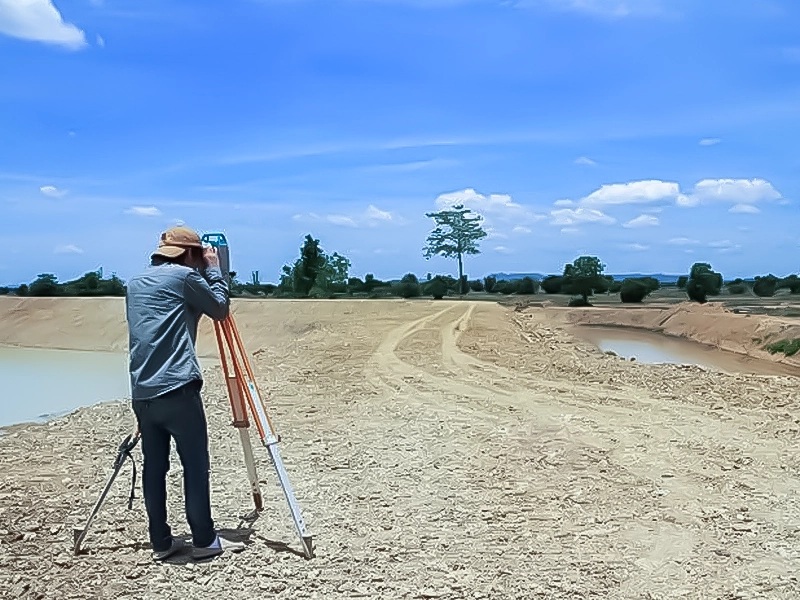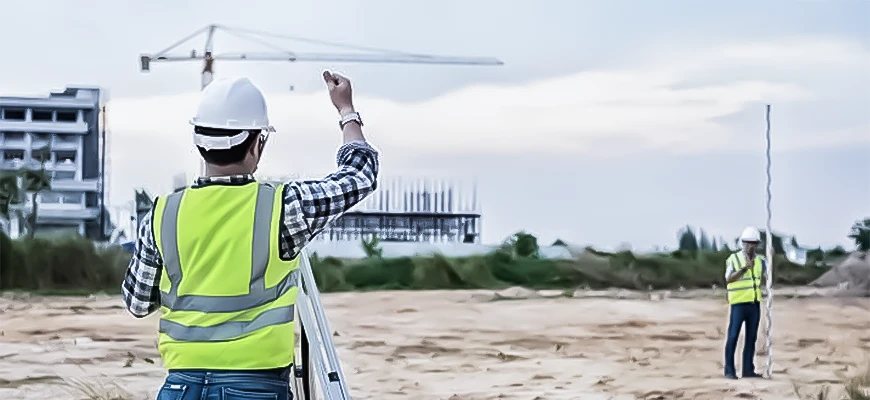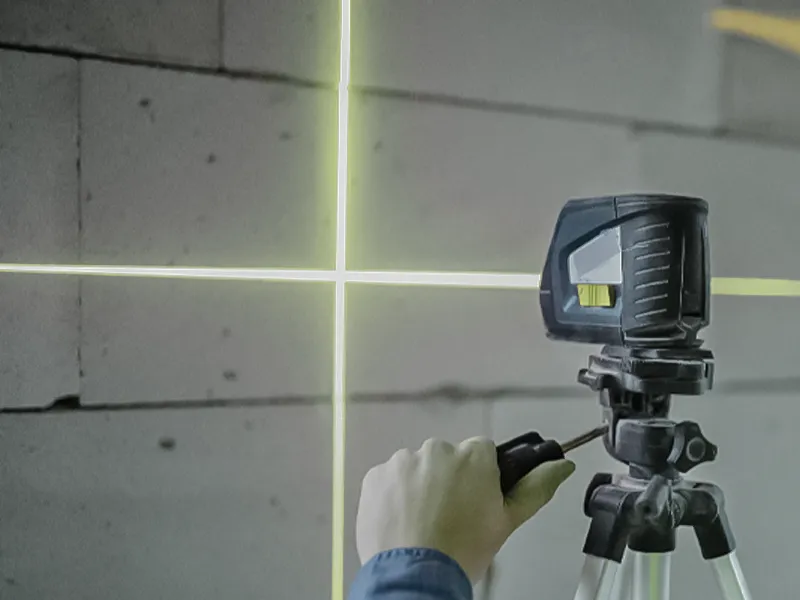
The cost of a topographical survey varies project-wise. However, several factors can help determine an estimate of the cost of topographical surveys.
Need a Quick, Accurate Survey Quote?
Determining Topographic Survey Costs
When you are aware of the complexities of topographic surveys, it becomes easier to accurately determine the cost estimates. Let’s explore the various factors that influence the cost structures of topographic surveys.
1. Surveyor Charges
The fee of a surveyor happens to influence the overall cost of a topographic survey. We must mention that the fee usually depends on several factors for example the surveyor’s expertise and experience in the field. In addition, the fee will also be impacted by the geographic location where the survey has to be conducted. It’s safe to say that professional surveyors with a lot of experience will demand higher charges as compared to the ones who don’t have enough specialized knowledge.
Furthermore, we must mention that the complexities and size of the project can also influence the surveyor’s fee structure – meaning that the more complex the projects, the higher the charges will be. The surveyor’s fee can be decided on an hourly basis or in some cases, daily or project-wise. For more precise charges, the concerned parties can also analyze the specific preferences shared by the surveying companies and project requirements.
2. Procurement of Equipment
Equipment rentals are dependent on several factors for example the equipment’s types and quantity required for a project. Another crucial factor that will determine the rentals is the duration of the rental period itself as well as the rates offered by the suppliers. We must also mention that modern equipment with a higher precision rate will come with an increased cost. If greater accuracy and detailed data are required for projects, then obviously, the equipment rental rates will also be higher than usual.
3. Workforce Expenses

Surveyors and support staff can be paid through hourly wages after conducting market research to know how the industry operates. However, these costs can vary as per the site location, level of expertise, etc.
4. Travel and Accommodation Expenses
When it comes to calculating surveying cost estimates, one must also keep in mind that conducting topographic surveys in remote areas comes with a cost. This cost includes travel costs (to the site and back) and accommodation expenses. In addition, the expenses will also have to cover food and refreshments expenses for the teams. We must mention that this cost can also influence the overall cost of the project.
The cost of accommodations not only covers staying at the site for conducting surveys but also staying in the hotels, etc. depending on the duration of the project. In distant locations, the teams might also have to go for temporary housing facilities and all of that can contribute towards an increase in the overall project costs.
5. Data Processing & Analysis
Allow us to mention that the more complex the data, the more specialized team / support staff will be required and that will ultimately have a direct impact on project cost. But, of course, if the objective is to get access to highly accurate data and reliable survey results, then the stakeholders must go ahead with the increased costs in specific cases.
Cost Estimation Process
1. Define Project Parameters
For getting accurate quotes, crucial components such as terrain complexity must also be considered. In addition, the existing infrastructures and relevant environmental factors must also be taken into account while defining the project scope. By keeping things upfront, the topographic survey companies will only deliver accurate estimates.
2. Request Quotes

In addition, you must ensure that the received quotes also cover costs such as surveyor charges and expenses of renting equipment, travel accommodation as well as data processing fees. Once you’ve received multiple quotes, you will be able to compare and decide which company is providing you with the best surveying rates.
3. Review Proposals
4. Negotiate and Finalize
5. Progress Monitoring
Moreover, collaborate with other stakeholders to address and resolve issues and proactively mitigate risks. You must stay involved in the project and ensure robust communication. By doing so, you will ensure that surveying is efficiently done and the results are meeting your expectations.
📍 Affordable, Reliable, and Accurate – Get Your Topographic Survey Quote Today!
Survey2Plan provides tailored solutions at the right price. Contact us now to discuss your project!
📞 0161 531 6641 📩 info@survey2plan.com 💬 Get a Quotation
Fast & Accurate Surveys | Trusted by Architects, Developers & Contractors




